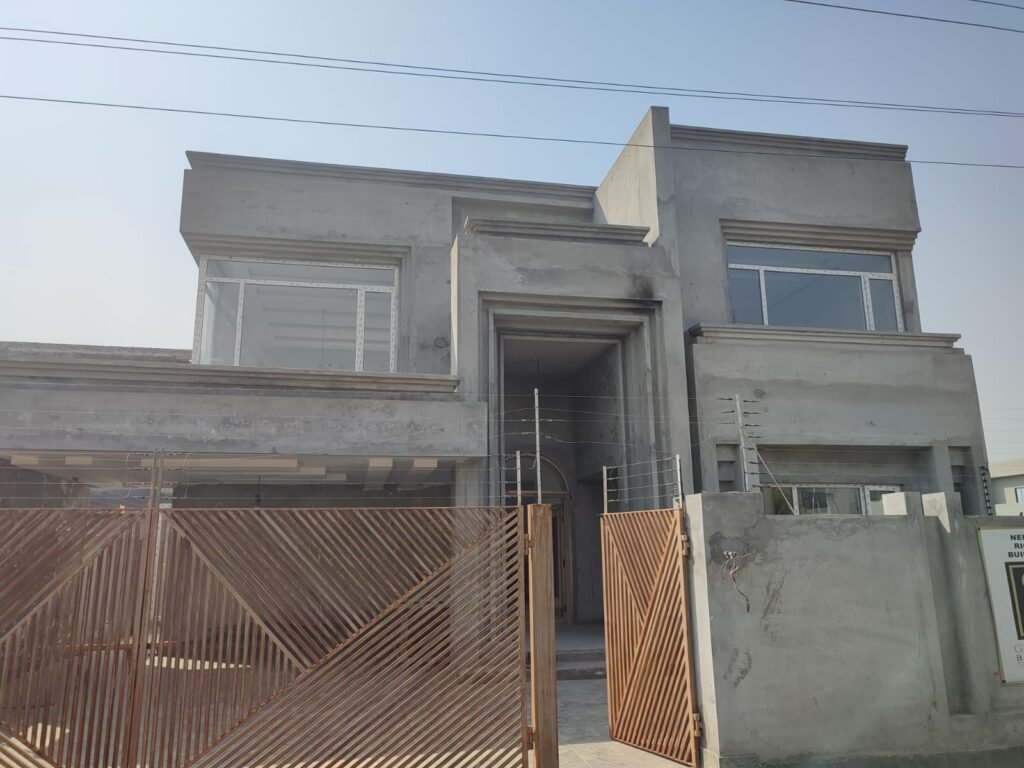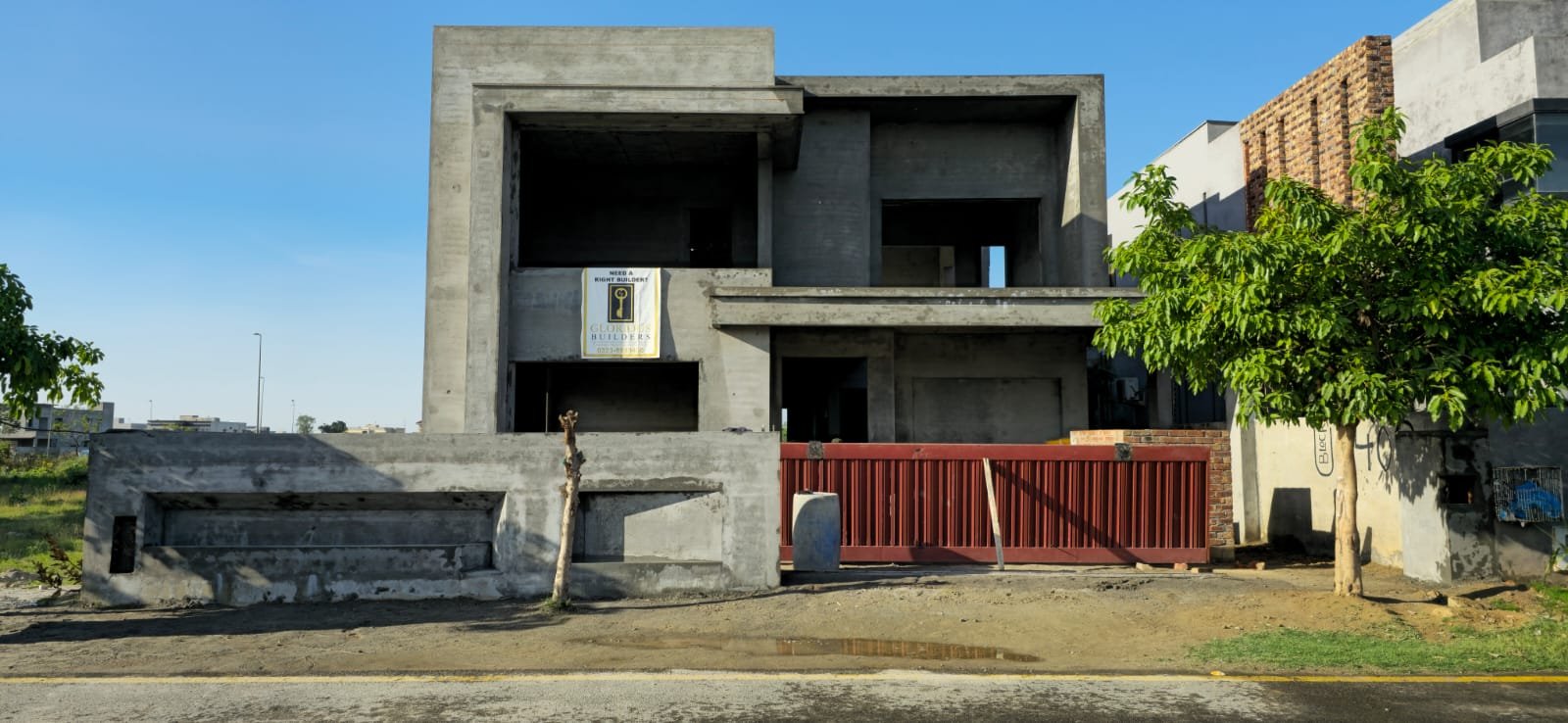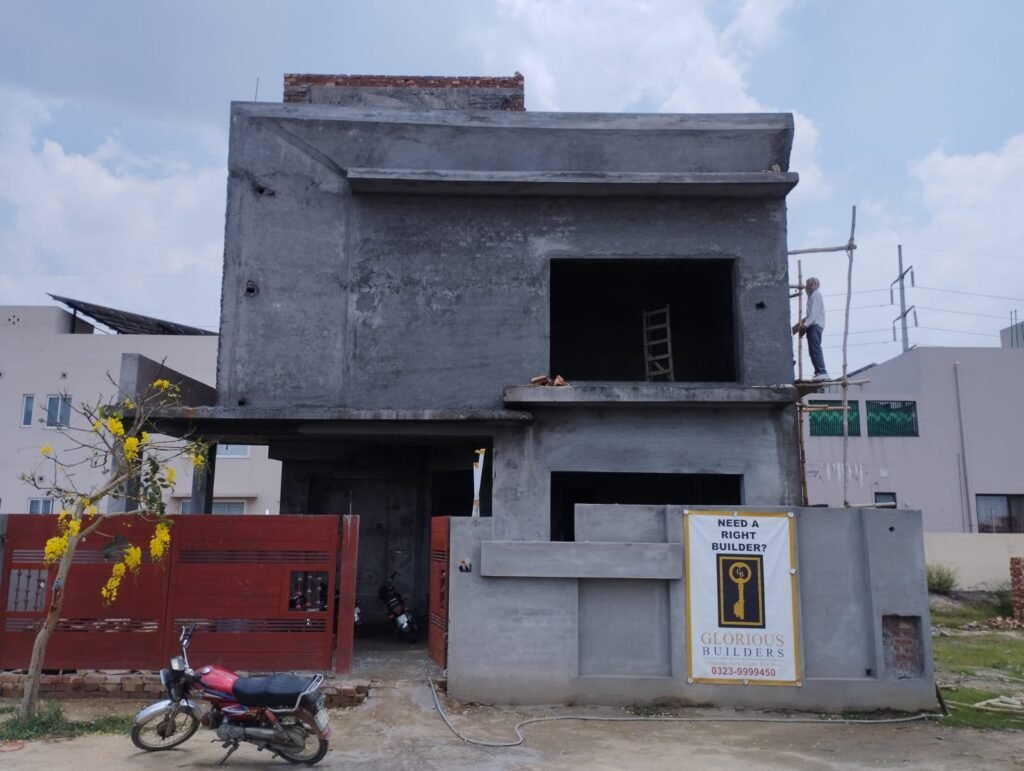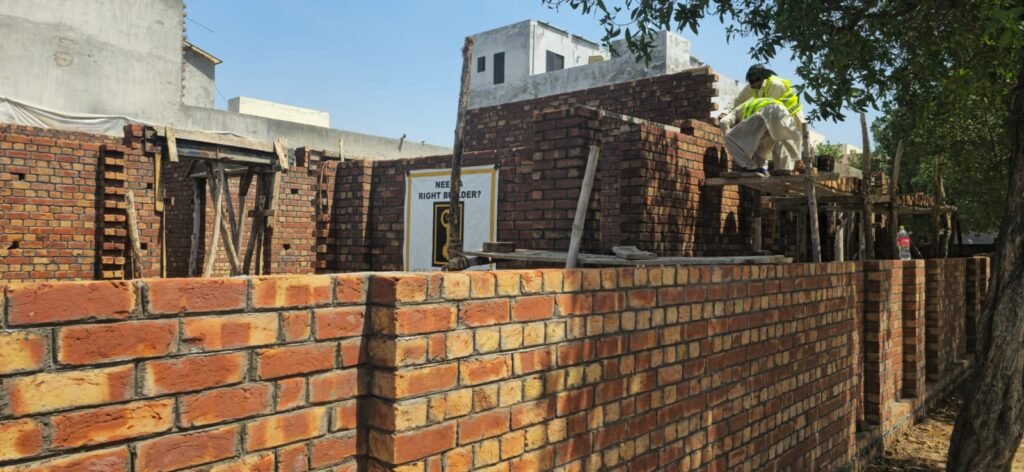Everything You Need to Know About Grey Structures in Residential and Commercial Buildings
As a Glorious Builders construction expert, I have been involved in various constructions, from residential to commercial, and have encountered many grey structures. However, I have acquired considerable information about this subject over the years. In this article, I will provide a few insights into this problem so you can know that grey structures are the most important and delicate part of building contraction.
What is a Grey Structure?
A grey structure, such as a shell and core or base build, is the primary bond of a building and includes the building’s main structural parts. The foundation, walls, floors, roof, and other essential components make up the building’s inner structure, which is equal to the main frame of a building. The word “gray” comes from combining these elements and the materials, generally concrete or other substances, whose color usually varies from dark gray to light gray or ashen white.

Critical Components of a Grey Structure
The main constituents of the grey structure are as follows:
- Foundation
- Load-bearing walls
- Columns and beams
- Floor slabs
- Roof structure
- Staircases
- Elevator shafts (in multi-story buildings)

Importance of Grey Structure in Construction
The grey structure serves several purposes:
Structural Integrity: It upholds the strength and safety required to operate the complete building.
Safety: A correctly constructed grey structure provides the building’s tenants with the necessary protection against various loads and environmental effects.
Durability: The quality of the grey structure is responsible for the longevity of the building.
Cost-effectiveness: A logically developed grey structure generally leads to considerable saving costs in the long run.

Grey Structure in Residential Buildings
Grey structures in residential construction are vital to supporting the infrastructure of houses. It also includes:
Base: A reinforced footing of iron or cement
Federal walls: They usually come in concrete, brick, or concrete blocks
The floor slabs: Reinforced concrete for multi-story homes
Roofing system: The usual wood truss or reinforced concrete
A significant part of the grey structure in residential buildings is determined by providing the ability to withstand loads required by the weight of the furniture, appliances, and occupants while remaining in the condition of applying wind and seismic force.
Grey Structure in Commercial Buildings
A common feature of commercial buildings, aside from the requirement for more technical grey structures because of their size or particular parts insertion, is that:
- Deep foundations: Provide sufficient support for taller buildings via piling or caissons
- Steel or reinforced concrete frames
- Large-span floor systems
- Elevator cores and stairwells
- Roofing systems designed for mechanical equipment
Commercial grey structures should be able to bear various loads, like the pressure of office equipment, and the weight of machinery, or even allow more people to stay in the room. As a result, they also must allow for changes or upgradability at a future date if the need arises.
Materials Used in Grey Structures
Certain materials are employed in grey structure construction, such as concrete (primarily used in building foundations, walls, and floors), steel (for rebar and framing the structures), bricks, and concrete blocks (for walls and partitioning); sometimes, wood is also used for the roof trusses in residential buildings. Decisions about the materials used are based on factors such as the type of project, local building codes, climate conditions, and the budget.
The Construction Process of Grey Structures
A grey structure can be completed by successive steps of prewash and site digging, foundation construction, fixing major building components (walls, columns, beams), laying floor slabs on the structure base, placing roofing on the structure, and installing stairways and elevator shafts (if applicable). All these activities require strict adherence to the regulations and must be done correctly to ensure their safety.
Challenges in Grey Structure Construction
As a man at the top of many projects, all being birdplane, I have always found many difficulties. Here are the most common ones:
Weather conditions: Rain, extreme temperatures, and strong wind can change the construction schedule and may interrupt the curing of the concrete.
Material quality control: The central task is to check the conformity of concrete and other materials to the quality standard.
Shortage of skilled workers: It is hard for companies to have workers who can do special skills.
Coordination: The correct order of the different trades is crucial for smooth construction.
Safety concerns: Working at heights and with heavy machinery puts you in situations that need cautious management.
.Maintenance of Grey Structures
The maintenance of the gray structure is important to extend the life of the building. Hence, besides being strong, the structure should be regularly examined and treated with protective solutions that meet the required standards. Waterproofing is one way of preventing water from entering the building, and this should be done by completely shutting out wet elements.
Special measures should be taken to repair cracked or otherwise damaged concrete or steel. Cycling is essential for old buildings, so structural analysis should be undertaken, as it is not just the prerogative of the youngest alone but is valid for all concerned.

Innovations in Grey Structure Construction
New technology and advancement in industrialization have affected the construction of grey structures. The following are practical applications:
- 3D-printed concrete structures
- Self-healing concrete
- New types of reinforcement materials like glass and carbon fiber composites
- BIM or Building Information Modeling for better design, production, and assembling cooperation
Conclusion
Grey structures, therefore, are the fundamental material of our projects; they provide us with strength, protection, and safety. Not only that in residential or commercial construction, but also the intense knowledge of the grey structures is an indispensable tool for the building sector plans.
With the ongoing development of construction technology, state-of-the-art, eco-friendly grey structures are expected to enhance our structures in the foreseeable future by adding quality and a long-lasting finish to the environment.





